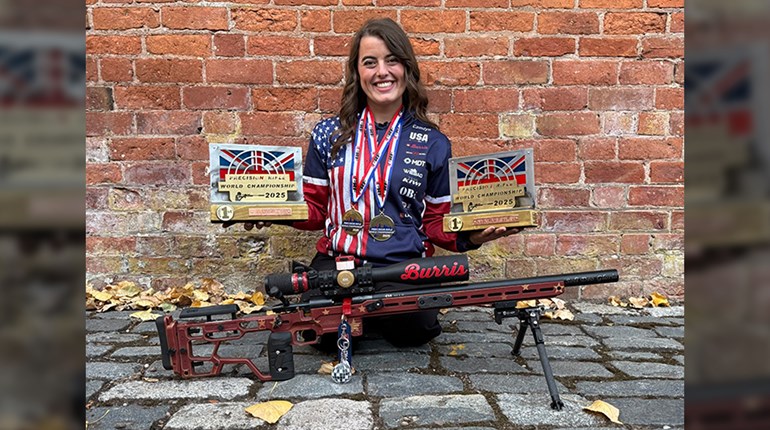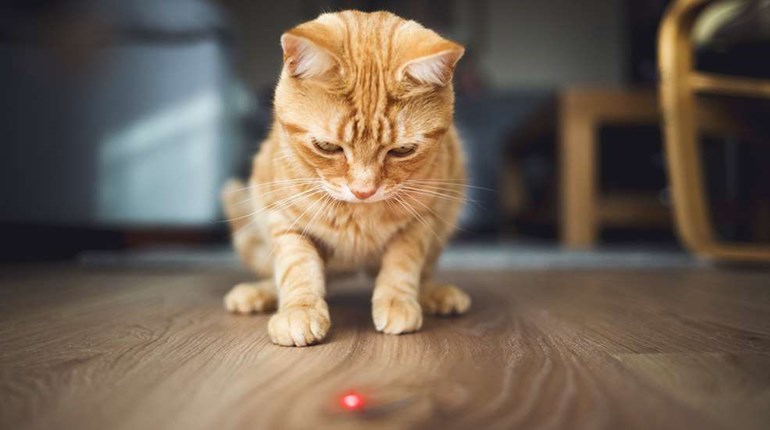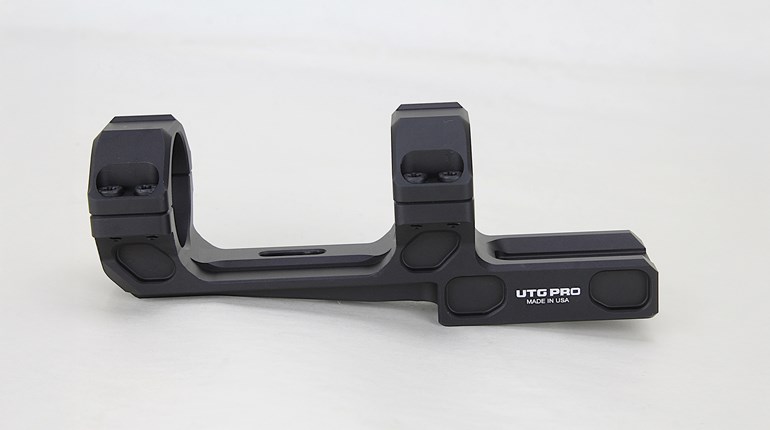
Over the past few years, the sport of precision rifle shooting has been growing by leaps and bounds, and it’s easy to see why. Combining physical challenges with long range shots, often from unconventional shooting positions, it’s an exciting blend of marksmanship and athleticism, with math thrown in for good measure.
Getting started in Precision Rifle can be intimidating, though. The price for some of the better rifles scopes out there, by themselves, can run into thousands and thousands of dollars, and then there’s the high-ticket precision rifles they sit on, as well as scope mounts, bipods and a laundry list of other accessories.
But it doesn’t need to be that way: A few minutes searching the internet will turn up any number of “1000 yards for $1,000” articles, where a good budget long-distance rifle is put together with gear from a variety of manufacturers to create something that can reach out beyond what most rifles are capable of. However, all these articles have one thing in common: They assume the person shooting the gun is right-handed.

For someone like myself, who is cross-eye dominant, getting into precision rifle without breaking the bank becomes even trickier. I am right-handed, but my left eye is my dominant eye. I can adjust for this and shoot pistols with my right hand by moving the gun slightly so it lines up with my left eye, but I shoot both rifles and shotguns left-handed so they will line up with my dominant eye. My choice in optics and accessories will be similar to a right-handed shooter, but when it comes to looking for a budget long range rifle, the choices for the southpaw shooter just aren’t as varied as they are for my right-handed brothers in arms.
Fortunately, Savage Arms offers a wide variety of high-quality bolt-action guns in a number of different calibers, all at very affordable prices. Better still, they offer it with their superb Accu-Trigger, which lets you easily adjust the trigger pull to a level that suits you best. I wanted a gun that was capable of reaching out to 1000 yards but was also easy on the wallet to own, so I selected a Model 116 Storm in .308 Win. The synthetic stock and stainless steel barrel of the Storm are useful features here in the humid swamps of Florida, and .308 Win., while having lost ground recently to 6.5 Creedmoor and other rounds, is still an excellent multi-purpose round that’s capable of long range accuracy, as well as hunting most North American game animals.
Having found a bolt gun that would fit both my cross-dominant eyesight and my budget, I selected a Primary Arms ARC-2 4-14x44 mm scope as my optic. The ARC-2 has a lot of great features like an MOA reticle and a first focal plane reticle, but at just $250 retail, it’s a real bargain. I added a set of Burris rings to keep everything secure and tight, and a 20 MOA rail to give me a bit more room to play with as the target begins to get more and more distant.

All of this brings me, more or less, to my budget of $1,000, but there are still a few accessories left to purchase that, while not being absolutely essential to taking (and making) a 1000-yard shot, they make repeatable hits much easier at almost any range. First off was a Caldwell 6- to 9-inch bipod to keep my rifle stable in most common shooting positions. Next was a sunshade from Primary Arms for my scope, to help keep my sight picture clear if the sun starts to angle towards the front lens of my scope. Last was a nylon cheek rest added to the stock of my Savage to help me maintain a consistent cheek weld—something that is absolutely essential to producing accurate shots on demand.
All this gear is useless, though, if you don’t know how to use it and my experience with taking and making a long-distance shot is pretty much non-existent. To cure this problem, I reached out to Florida Training and enrolled in their two-day introductory long range rifle class. Instructor Will, and his co-teacher Brad walked me and my fellow students through the basics of long range shooting, including what all those hash marks inside of your reticle do, the basics of how to read wind and how to set up your rifle to take shots out to 1000 yards and beyond.
The afternoon on the second day was spent chronographing our cartridges (Federal 168-grain Gold Medal Match for me), then dialing in our zero at 100 yards. We pushed things out a bit to 200 yards and began to get an idea on holdovers and the importance of consistency in our shooting position, grip and trigger pull, and how to build up a DOPE book (Data On Previous Engagements) to help guide our accuracy from here on out.
The next day we re-confirmed zero, and began to engage targets out to 500 yards. I was pleased to see that data I had entered into my logbook, combined with the patience and care I took during the first day in setting up my shooting position paid off in spades with first-shot hits on each target—all the way out to 500 yards.

A few days later, it was time to push things all the way out to 1000 yards, and I went to Training Grounds, a new range that has just opened up in South Florida which has a long-distance range with targets out to two miles. I settled down behind my rifle in a prone shooting position, re-confirmed my 100-yard zero, and began to engage targets from 100 out to 800 yards to confirm my previous data and get comfortable behind the gun.
For the 1000-yard shot, I had Cory Adamski of BPO Tactical spot for me. An experienced first responder and an active competitor in precision rifle matches, Cory helped calm my nerves as I prepared to shoot further than I’ve ever shot before. My first shot was a full yard off to the right of the 10x12-inch steel plate I was shooting at. This isn’t surprising because at that distance, my .308 Win. bullets had gone subsonic and had started to tumble out of control. I corrected for this with holdover in my scope, and then re-engaged the target with another shot. A big, wide grin went across my face as I heard him yell out “Impact!” from his position behind the spotting scope, and I followed up that 1000-yard hit with another, capping my quest to find a rifle suitable for left-handed people which can shoot long-distance targets—without emptying the wallet.



































